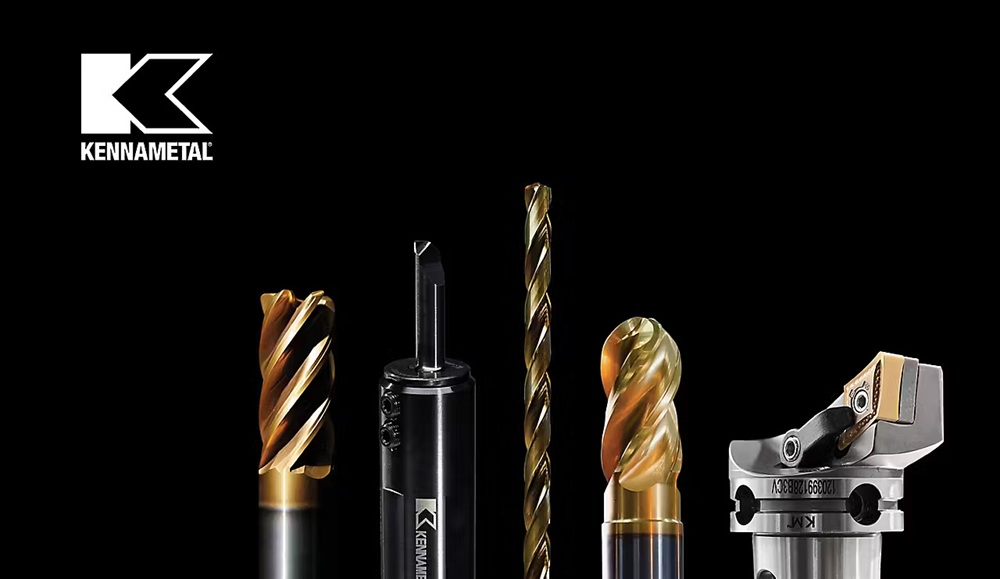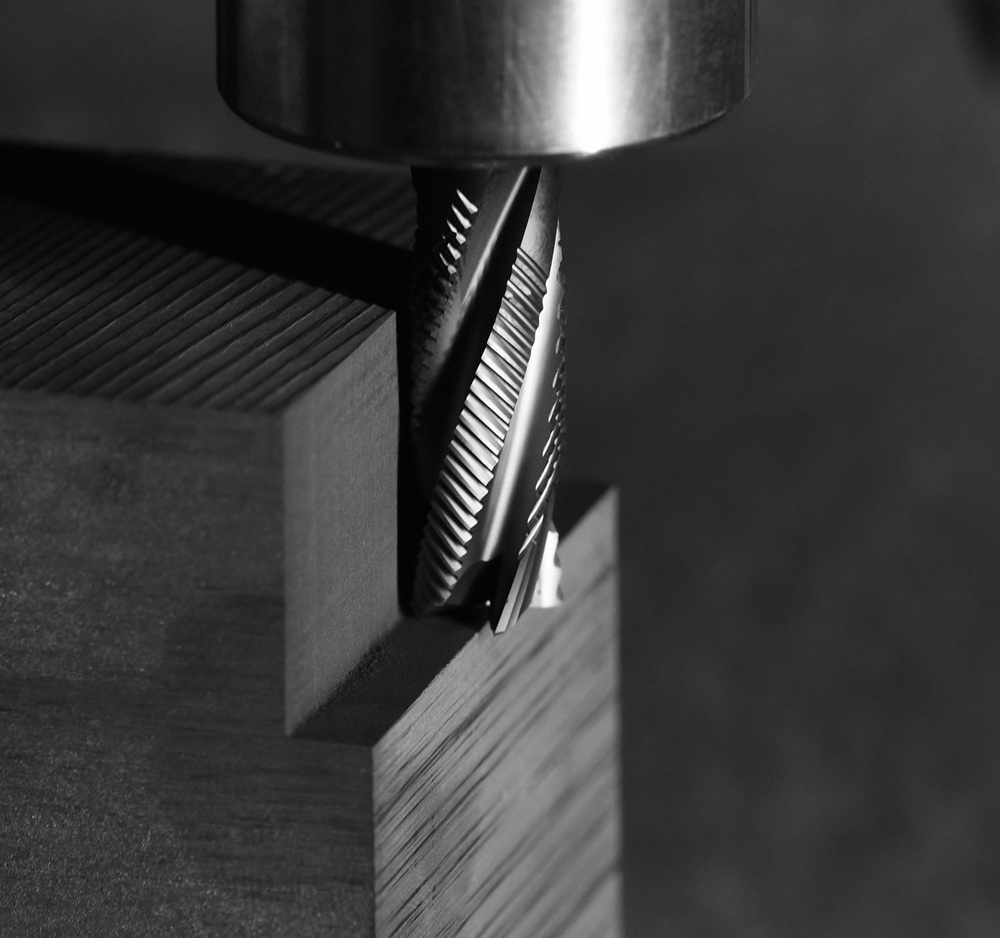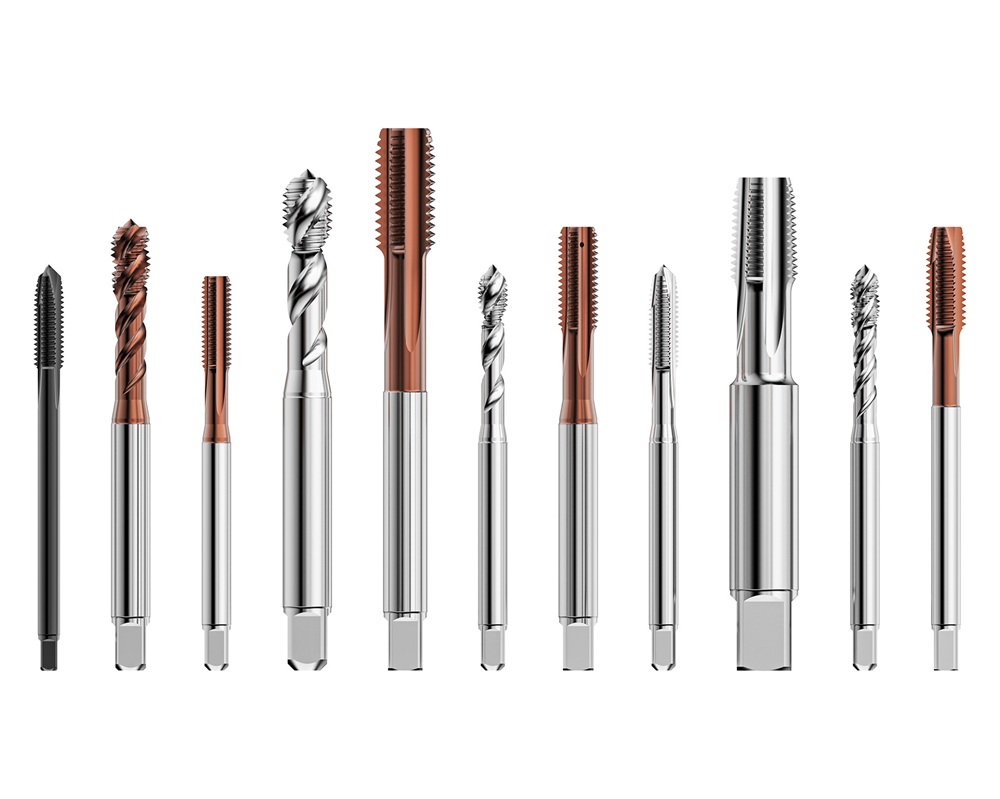Tooling and work-holding equipment manufacturer Ceratizit has recently signed a second sustainability target agreement with bearing giant Schaeffler. The jointly developed sustainability agreements involve prioritising environmentally friendly materials and promoting ethical and eco-friendly practices. They are the result of close collaboration and deepen the long-standing co-operation between the two companies.
In the latest agreement, the companies have agreed on targets for wear protection products made of carbide – a material that due to its durability and reusability, reduces resource consumption over the whole product live span. With the ecological footprint and a further reduction in resource consumption in mind, the Ceratizit portfolio also includes a range of premium carbide grades made from reclaimed carbide powder, which are characterised by a low CO2 footprint.
In the previous agreement, it was decided to focus on the sustainable development and production of high precision cutting tools. First results show lower product carbon footprint (PCF) figures across the portfolio.
“Our ambitious sustainability strategy has enabled us to fulfil the necessary requirements for the two agreements, which underscores our ambition to lead our industry in terms of sustainability,” says Adrien Zoda, director of global sales – hard material solutions at Ceratizit.
Ceratizit’s ambitious sustainability strategy and the progress made in recent years were crucial in meeting the requirements for agreements with Schaeffler. For example, CO2 emissions of 2023 were reduced by 22% compared with 2020. Another key component for the agreement is the transparency provided by Ceratizit’s PCF information, applicable to both cutting tools and wear protection solutions.
More information www.ceratizit.com



















